Architects Directory 2020: Erika Nakagawa, Japan
Setting up her office in Toyko in 2014, Erika Nakagawa describes Momoyama House as her ‘breakthrough project’. The weekend retreat in the Shizuoka Prefecture features an unusually high, undulating concrete roof raised on concrete pillars that creates a flowing interior, which opens entirely towards the surrounding nature. Nakagawa has also been invited to exhibit work at the respected Toto Gallery Ma space for architecture in 2021, whose selection committee includes Tadao Ando.
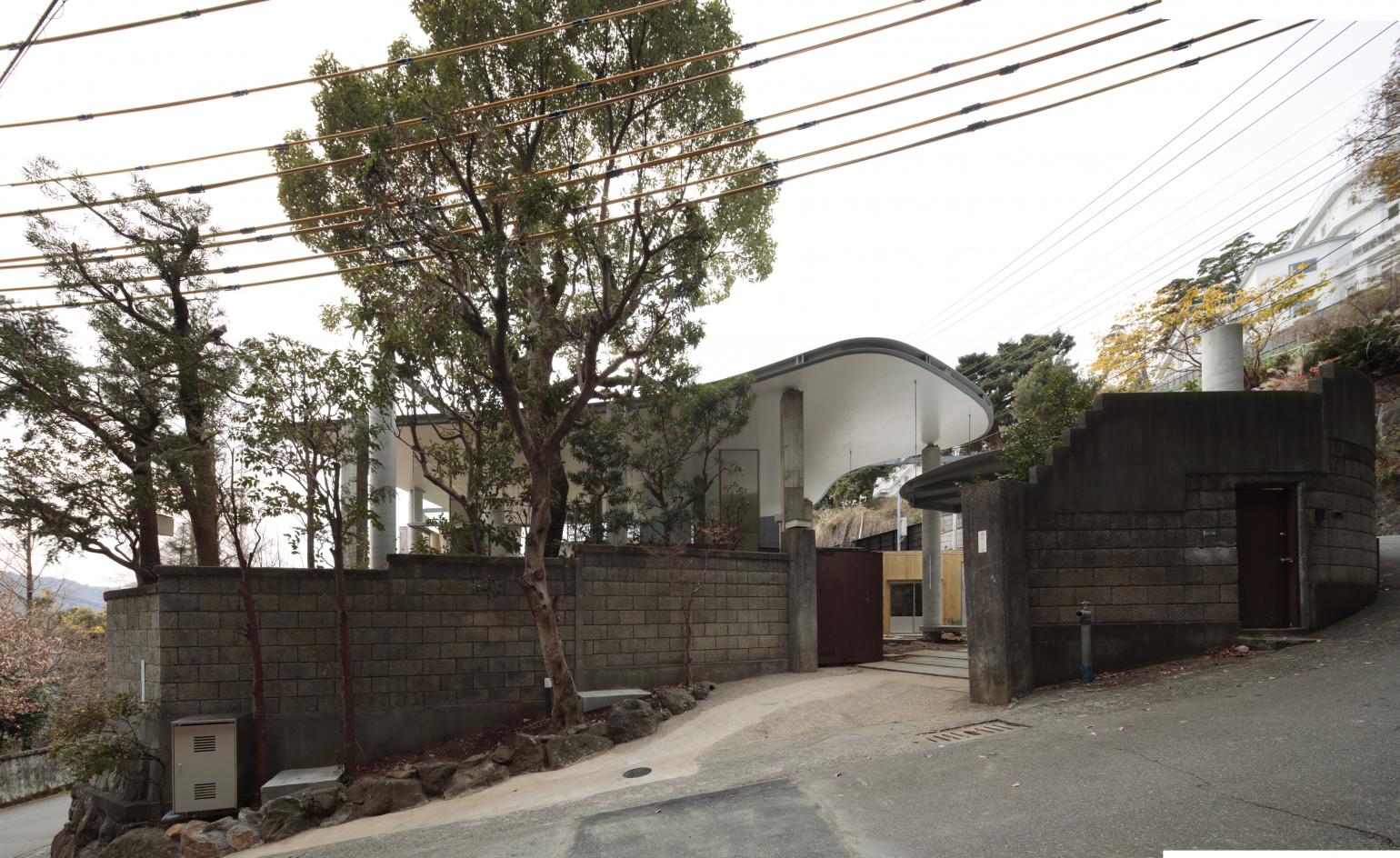
Japanese architect Erika Nakagawa defines her open plan weekend house in the lazy seaside town of Atami, an hour and a half south of Tokyo, as a renovation, rather than a completely new structure. The 458 sq m site, perched in the middle of a steep hairpin turn up the romantic sounding Peach (Momo) Mountain (Yama), already came with a surrounding wall made from rough fieldstones at the bottom and concrete cinder blocks at the top. Rather than tear everything down and start from scratch, Nakagawa's approach was to incorporate the existing wall and the garden into the design.
Using the outer perimeter of the site as the defining outer walls of the building, Nakagawa added a large, slightly irregular shaped roof, resting on poured concrete pillars. Four glass walls enclose basic functions of the house, but it feels larger because of the floor to ceiling glass and overhang of the roof out in the surrounding garden.
MORE FROM WALLPAPER* ARCHITECTS DIRECTORY 2020
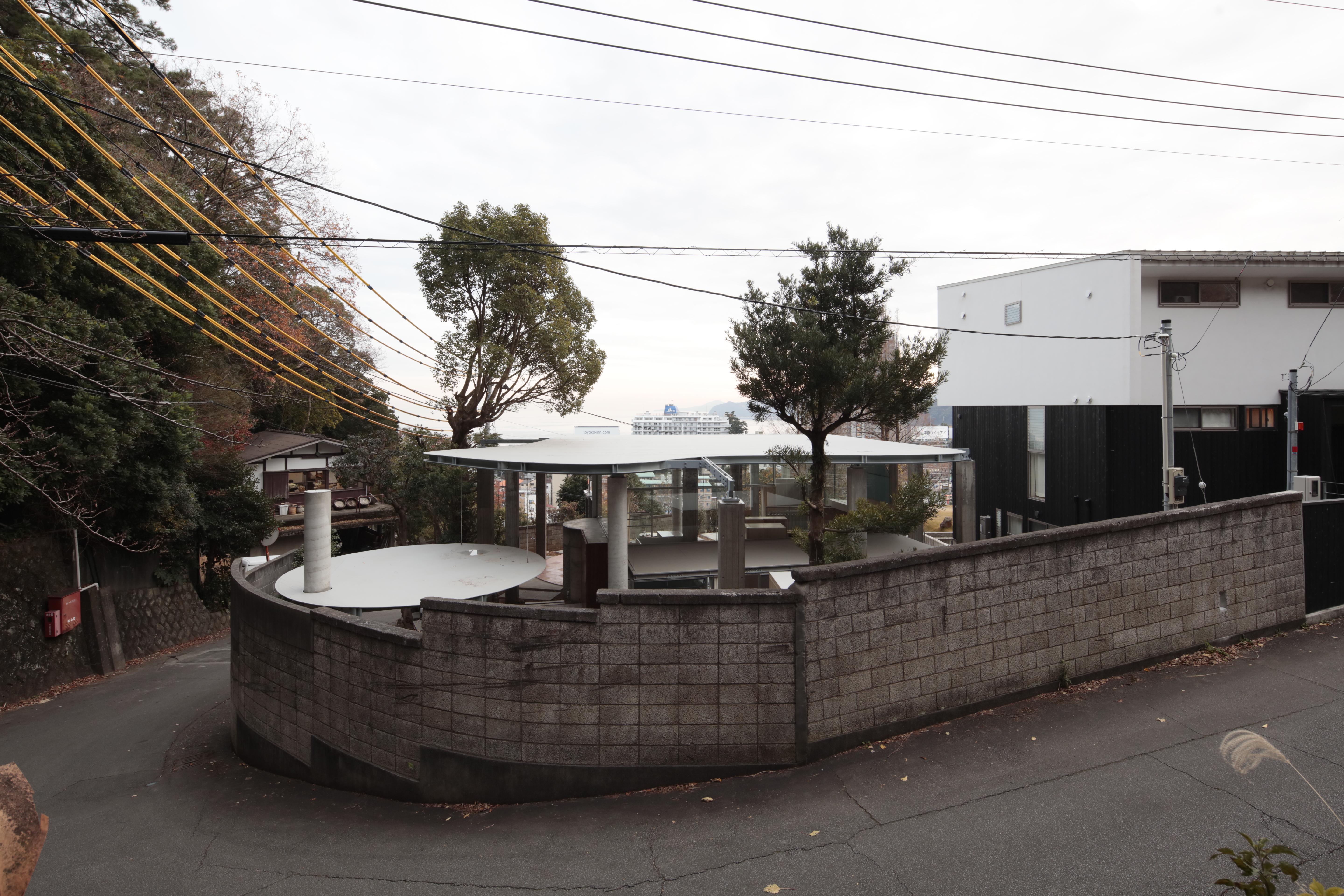
‘It felt a bit cramped when all the supporting pillars where placed under the roof, so I decided to place some of these outside the roof too,' Nakagawa explains. Beams extended from these outside pillars connect to the pillars under the roof and help to nicely blur the boundaries between inside and out.
A terracotta floor that extends outside in the garden creating an al fresco dining area denotes the boundary of the kitchen/dining – from the main living – area. The master bedroom and a small workspace are hidden from the more open areas by light plywood walls. The ceiling is kept high to allow for plenty of natural light and views over the perimeter wall to the nearby Sagami Bay and surrounding mountains.
There is also an adjacent four-and-a-half tatami mat tea-room at the back of the site. Parts of the interior walls and ceiling is covered in light plywood and parts left in raw poured concrete, giving the room just the right feel of a modern wabi-sabi aesthetic.
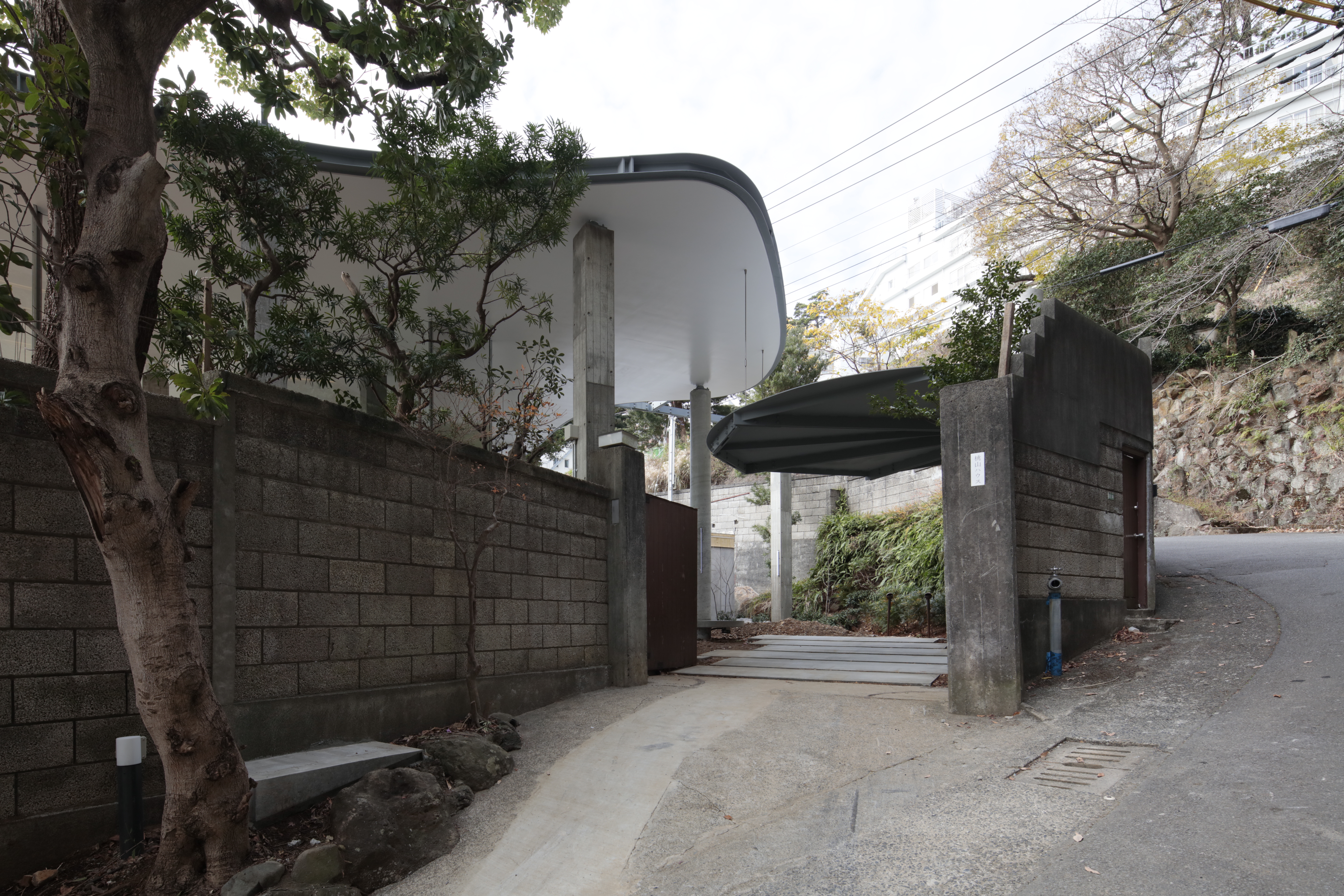
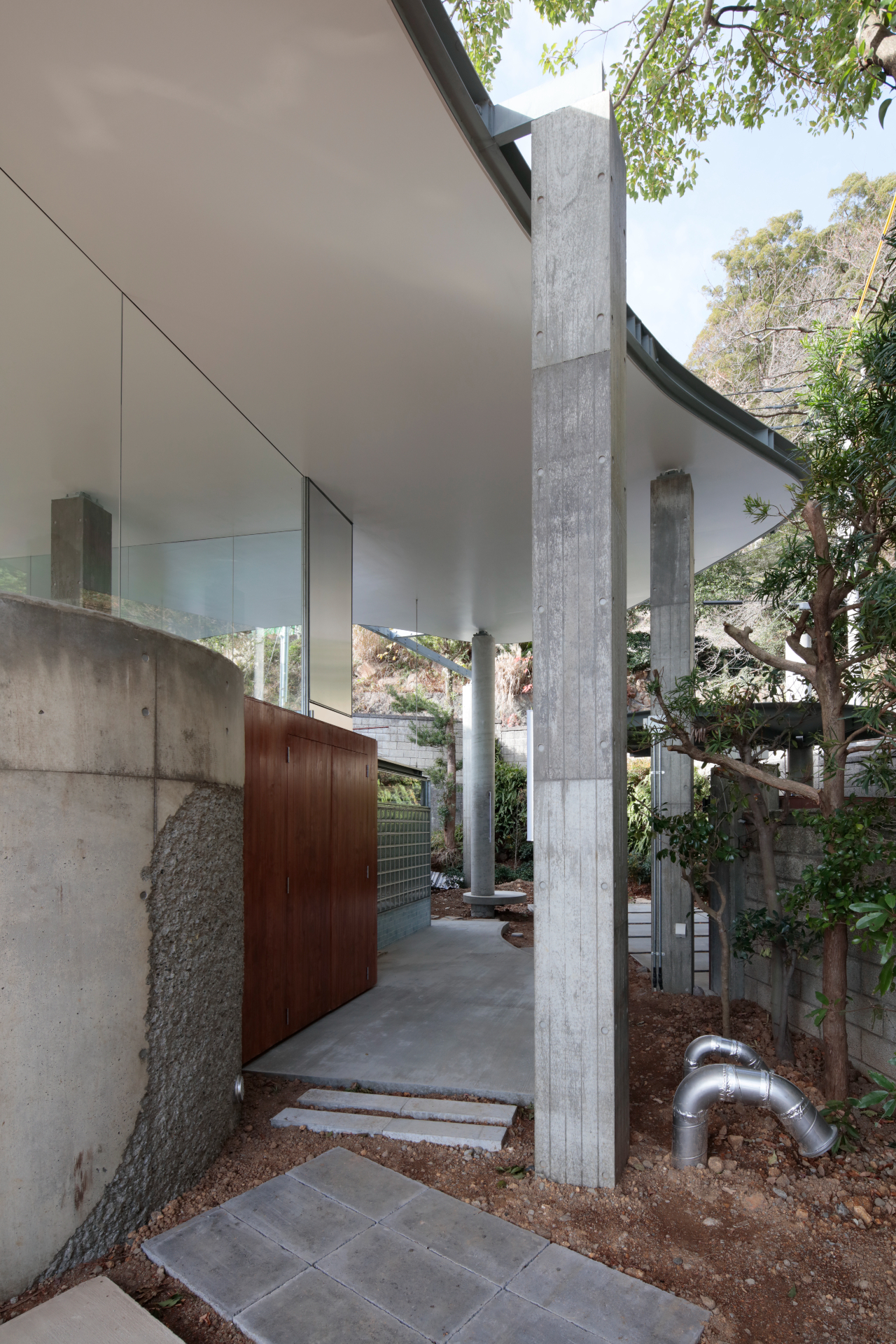
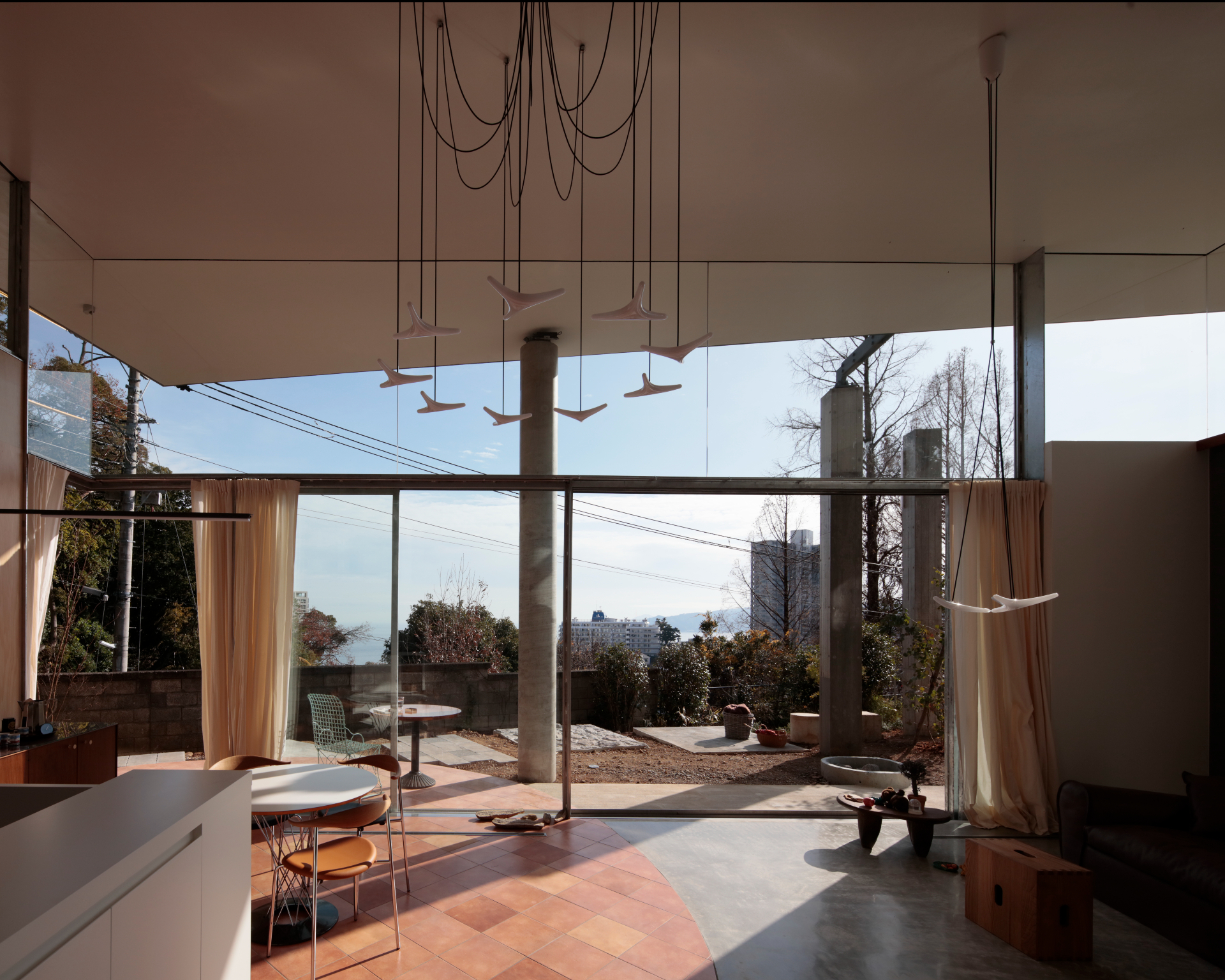
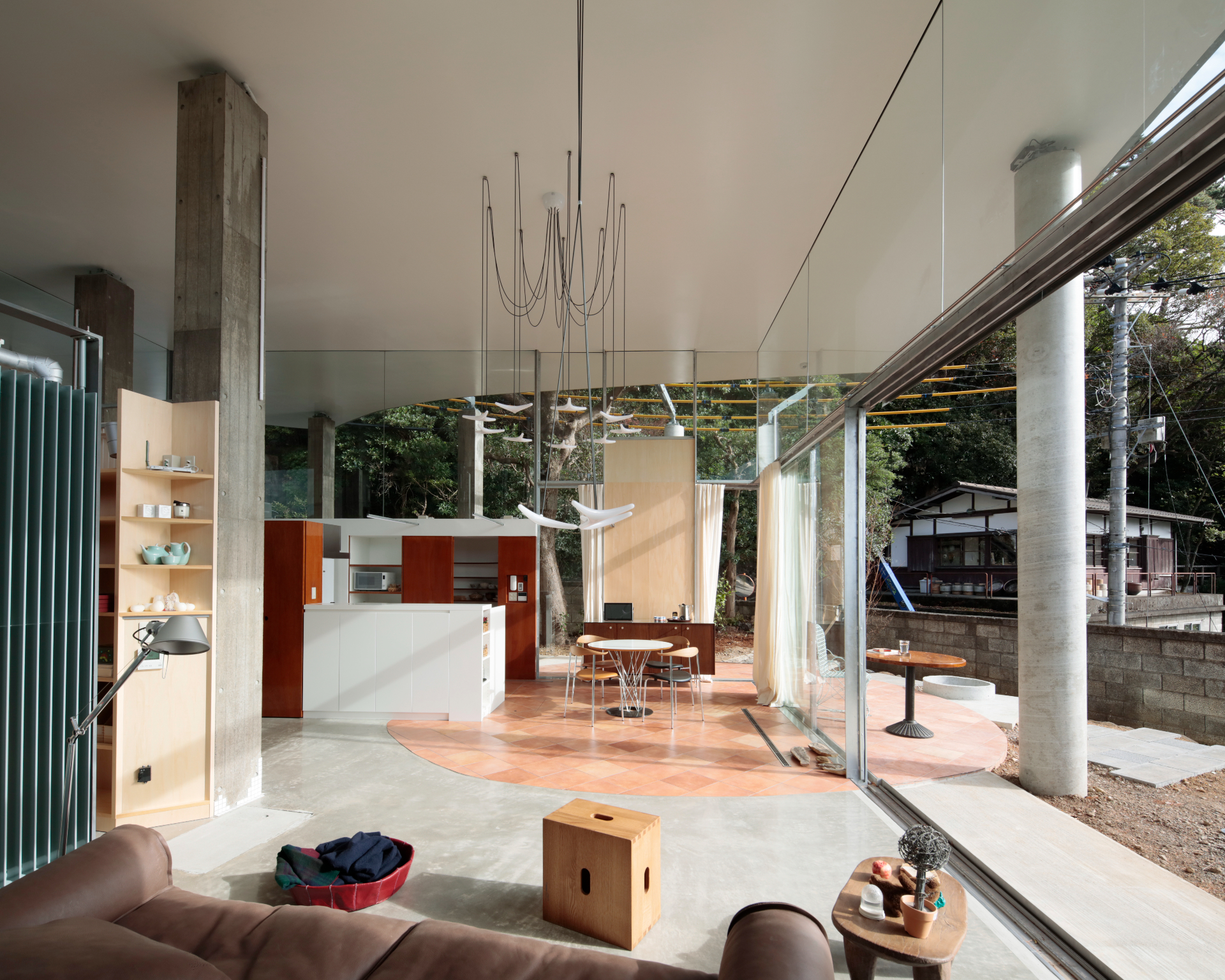
INFORMATION
Receive our daily digest of inspiration, escapism and design stories from around the world direct to your inbox.
Originally from Denmark, Jens H. Jensen has been calling Japan his home for almost two decades. Since 2014 he has worked with Wallpaper* as the Japan Editor. His main interests are architecture, crafts and design. Besides writing and editing, he consults numerous business in Japan and beyond and designs and build retail, residential and moving (read: vans) interiors.
-
 How Beirut's emerging designers tell a story of resilience in creativity
How Beirut's emerging designers tell a story of resilience in creativityThe second in our Design Cities series, Beirut is a model of resourcefulness and adaptability: we look at how the layered history of the city is reflected in its designers' output
-
 A day in Ahmedabad – tour the Indian city’s captivating architecture
A day in Ahmedabad – tour the Indian city’s captivating architectureIndia’s Ahmedabad has a thriving architecture scene and a rich legacy; architect, writer and photographer Nipun Prabhakar shares his tips for the perfect tour
-
 You can now stay in one of Geoffrey Bawa’s most iconic urban designs
You can now stay in one of Geoffrey Bawa’s most iconic urban designsOnly true Bawa fans know about this intimate building, and it’s just opened as Colombo’s latest boutique hotel
-
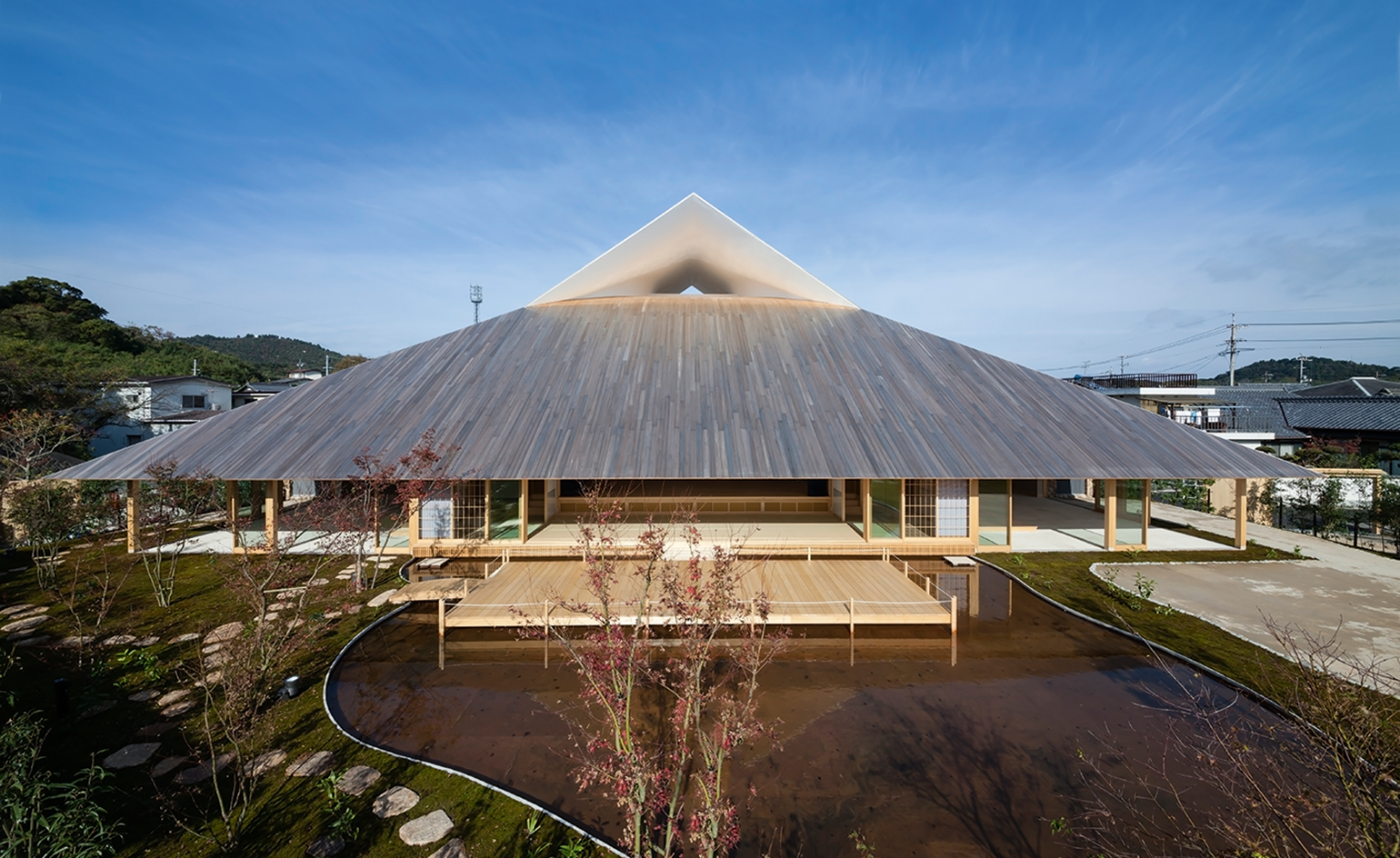 Take a tour of the 'architectural kingdom' of Japan
Take a tour of the 'architectural kingdom' of JapanJapan's Seto Inland Sea offers some of the finest architecture in the country – we tour its rich selection of contemporary buildings by some of the industry's biggest names
-
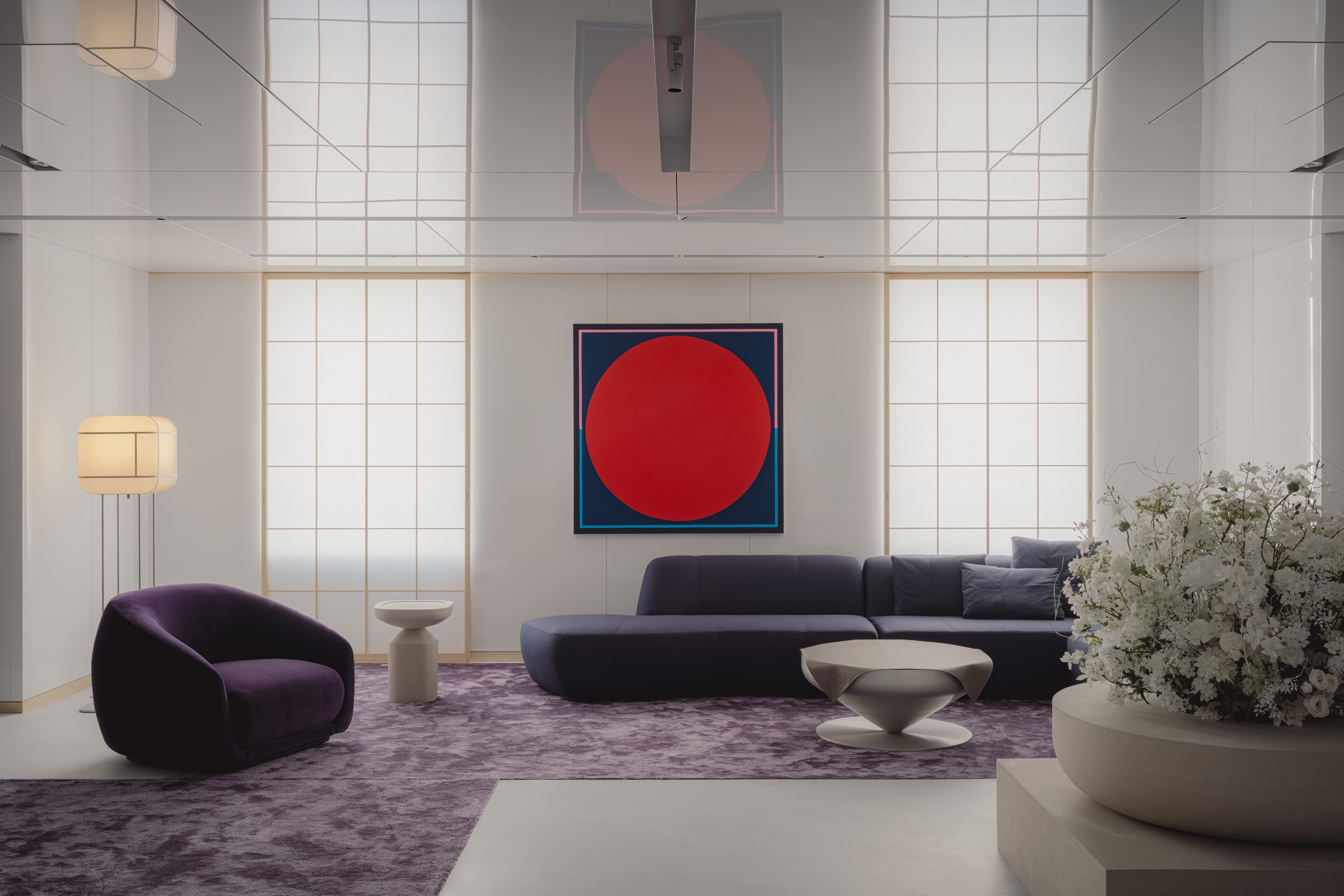 Matsuya Ginza lounge is a glossy haven at Tokyo’s century-old department store
Matsuya Ginza lounge is a glossy haven at Tokyo’s century-old department storeA new VIP lounge inside Tokyo’s Matsuya Ginza department store, designed by I-IN, balances modernity and elegance
-
 The Architecture Edit: Wallpaper’s houses of the month
The Architecture Edit: Wallpaper’s houses of the monthThis September, Wallpaper highlighted a striking mix of architecture – from iconic modernist homes newly up for sale to the dramatic transformation of a crumbling Scottish cottage. These are the projects that caught our eye
-
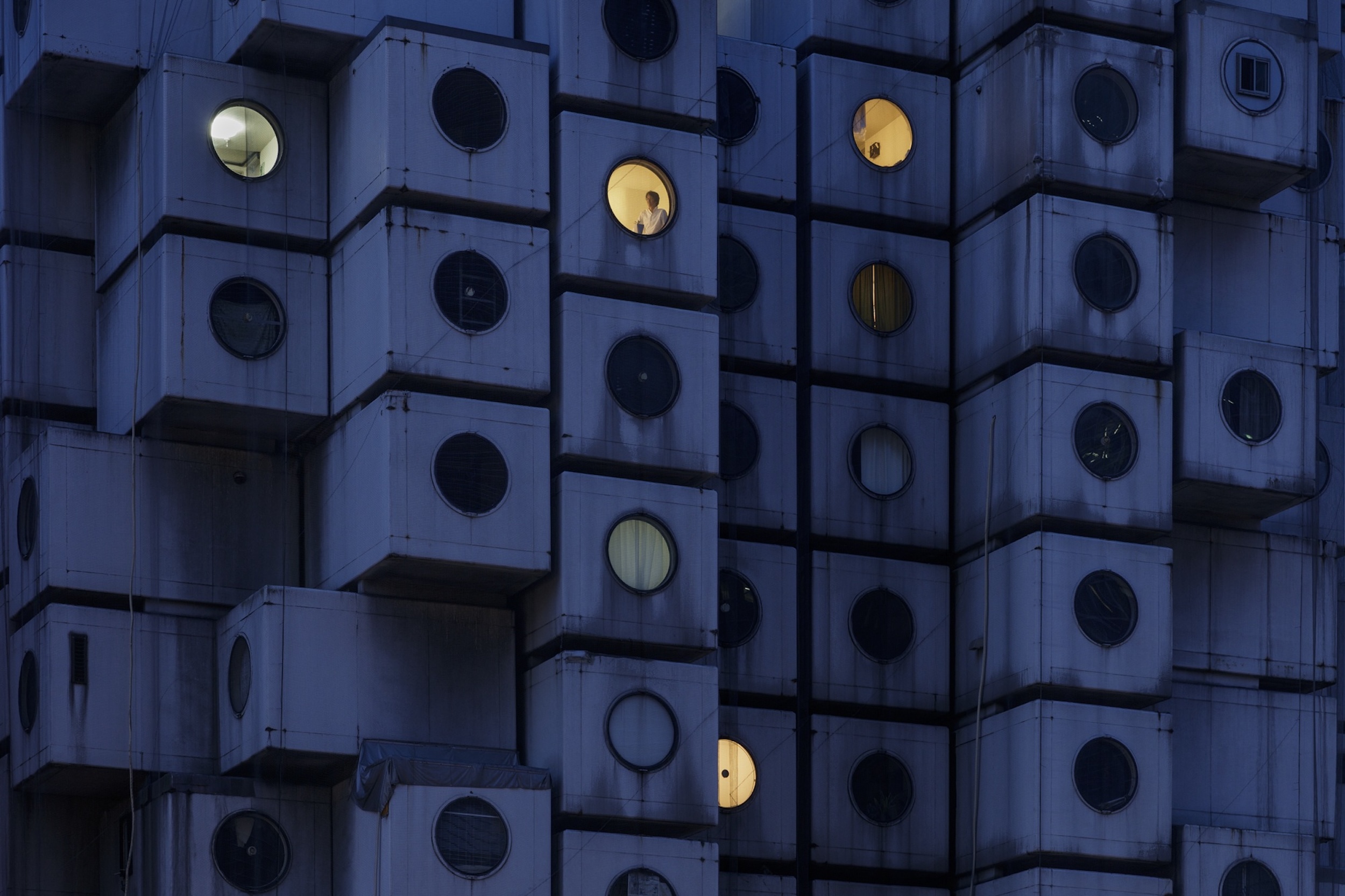 Utopian, modular, futuristic: was Japanese Metabolism architecture's raddest movement?
Utopian, modular, futuristic: was Japanese Metabolism architecture's raddest movement?We take a deep dive into Japanese Metabolism, the pioneering and relatively short-lived 20th-century architecture movement with a worldwide impact; explore our ultimate guide
-
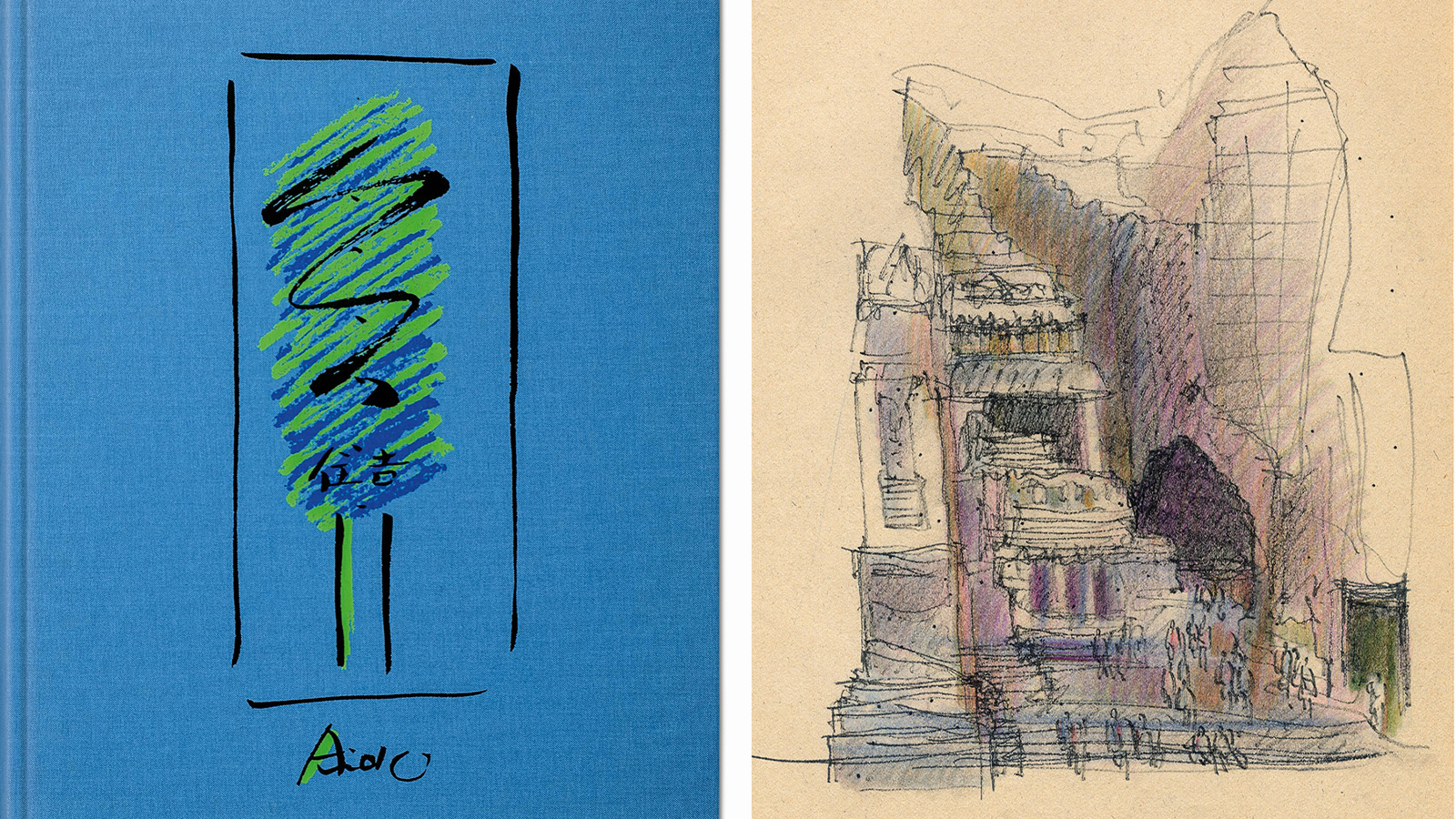 A new Tadao Ando monograph unveils the creative process guiding the architect's practice
A new Tadao Ando monograph unveils the creative process guiding the architect's practiceNew monograph ‘Tadao Ando. Sketches, Drawings, and Architecture’ by Taschen charts decades of creative work by the Japanese modernist master
-
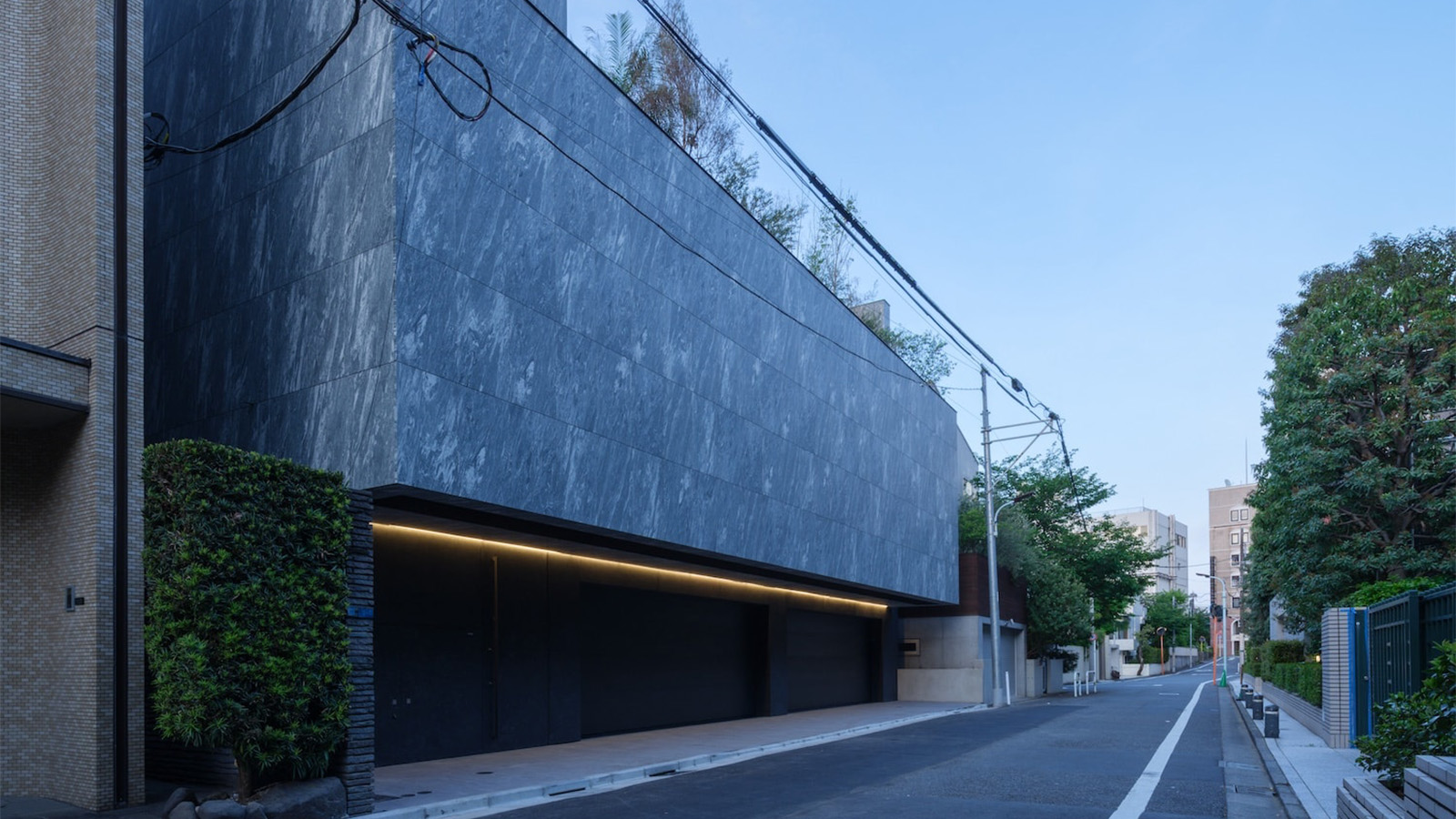 A Tokyo home’s mysterious, brutalist façade hides a secret urban retreat
A Tokyo home’s mysterious, brutalist façade hides a secret urban retreatDesigned by Apollo Architects, Tokyo home Stealth House evokes the feeling of a secluded resort, packaged up neatly into a private residence
-
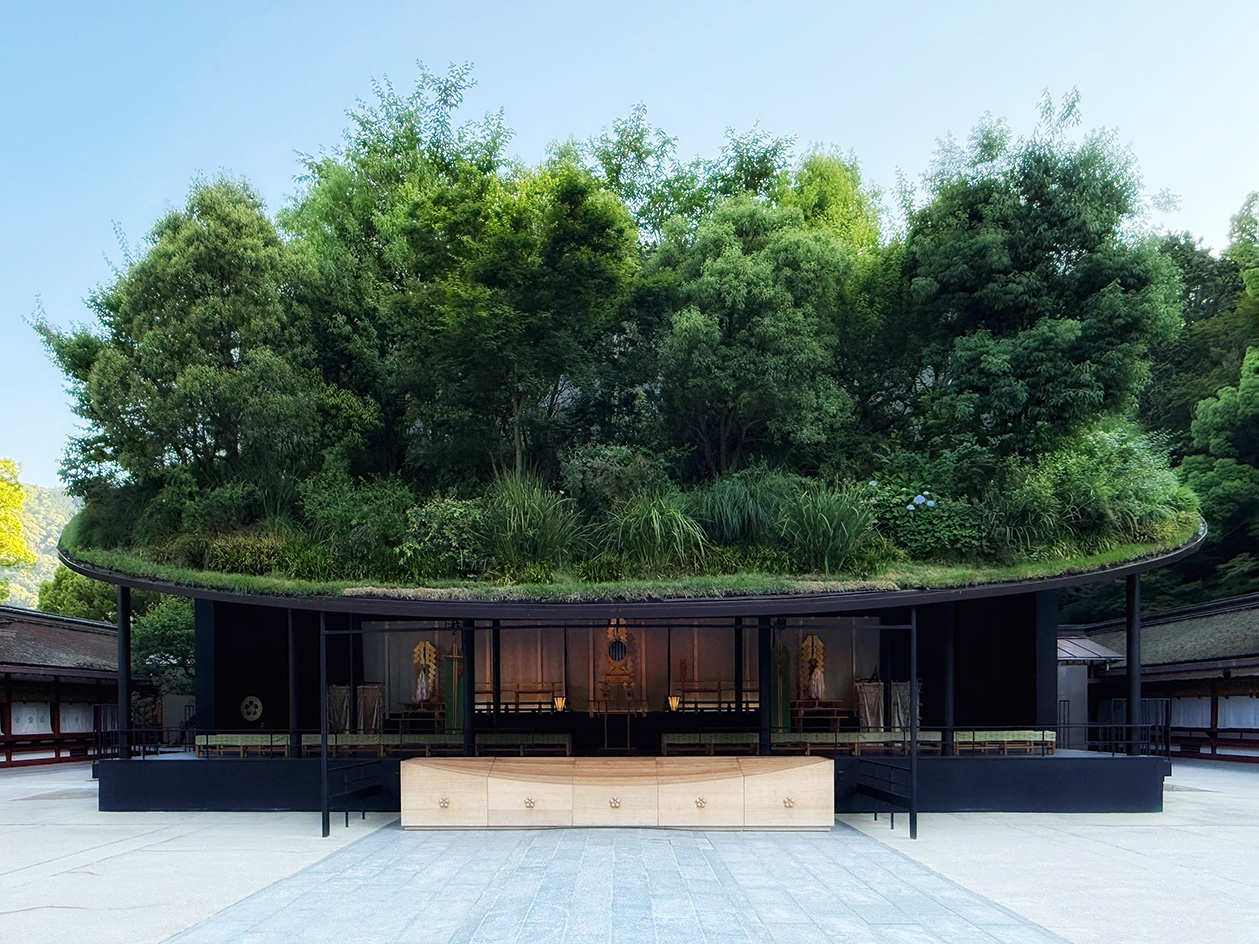 Landscape architect Taichi Saito: ‘I hope to create gentle landscapes that allow people’s hearts to feel at ease’
Landscape architect Taichi Saito: ‘I hope to create gentle landscapes that allow people’s hearts to feel at ease’We meet Taichi Saito and his 'gentle' landscapes, as the Japanese designer discusses his desire for a 'deep and meaningful' connection between humans and the natural world
-
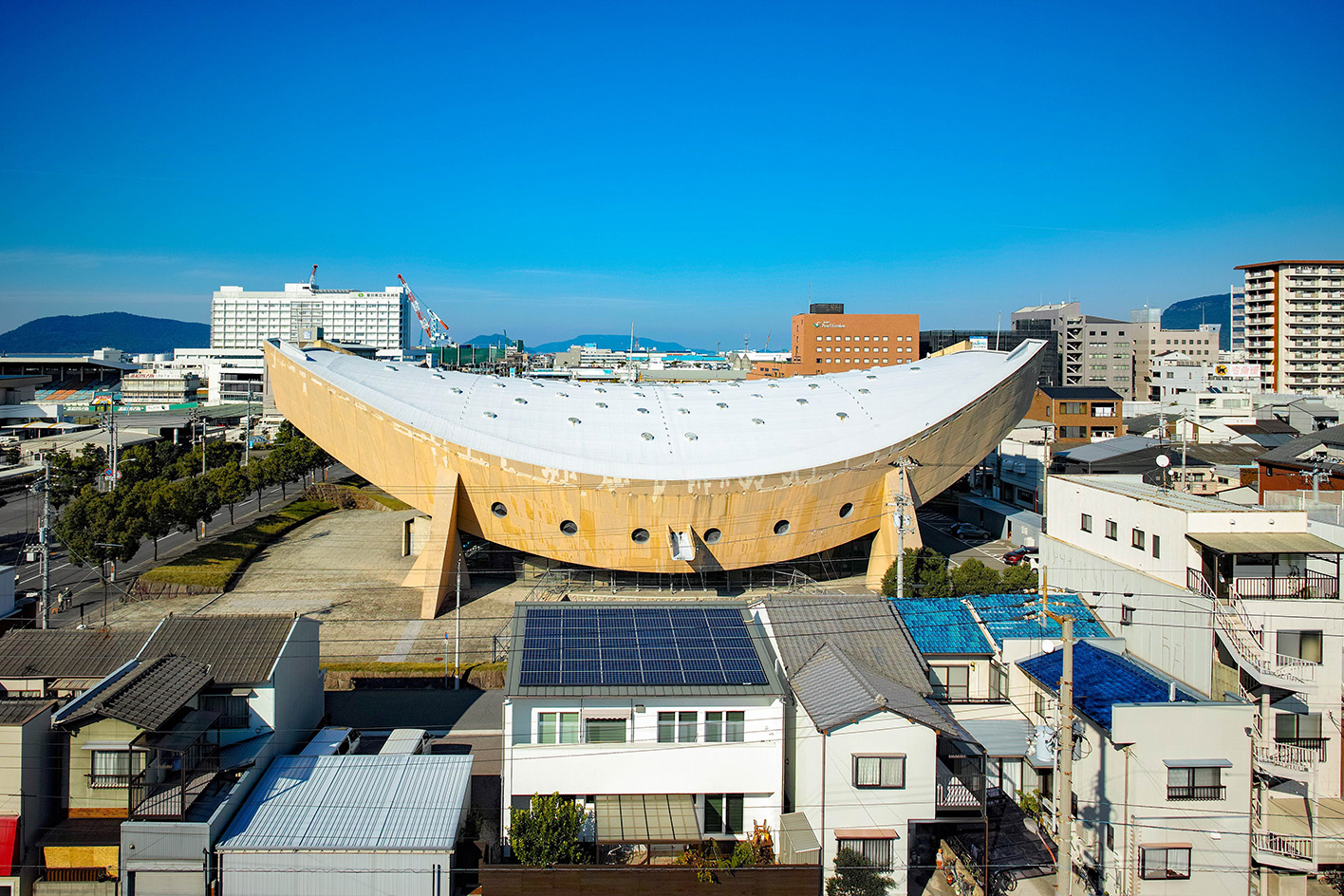 Campaigners propose reuse to save Kenzo Tange’s modernist ‘Ship Gymnasium’ in Japan
Campaigners propose reuse to save Kenzo Tange’s modernist ‘Ship Gymnasium’ in JapanThe Pritzker Prize-winning architect’s former Kagawa Prefectural Gymnasium is at risk of demolition; we caught up with the campaigners who hope to save it